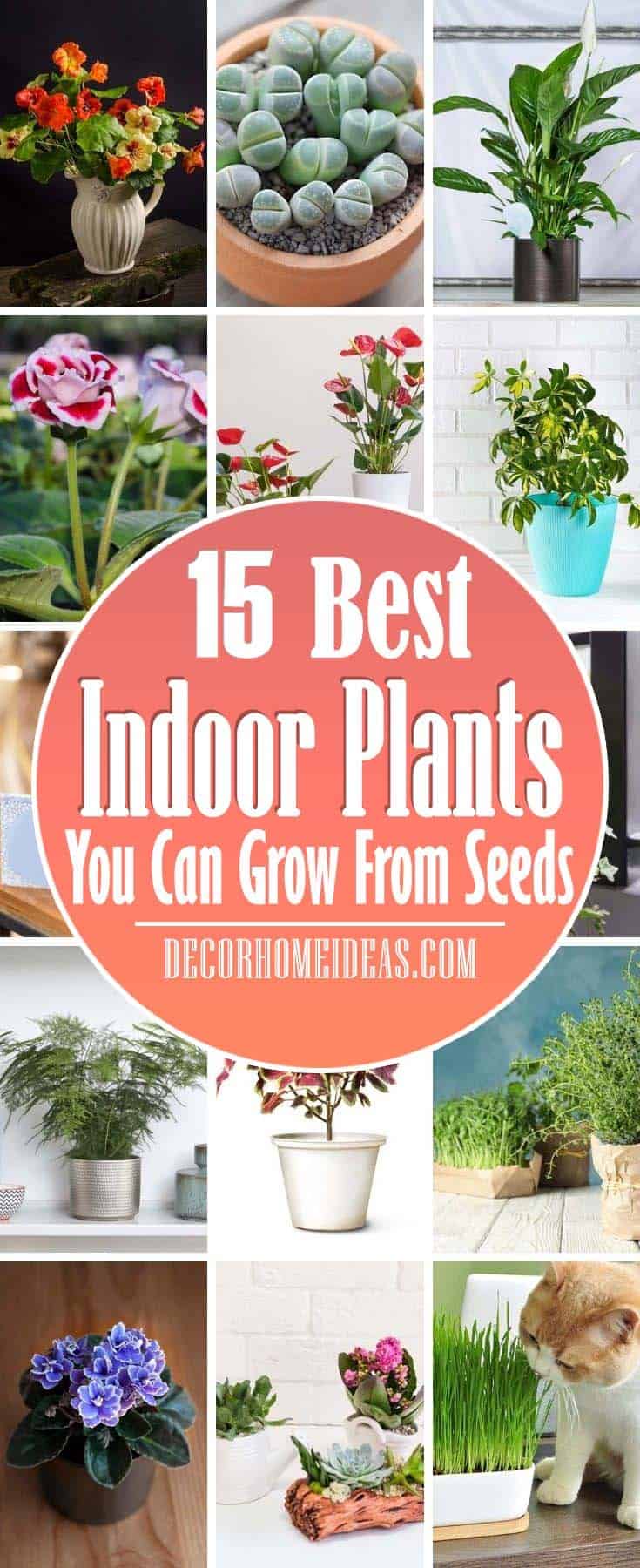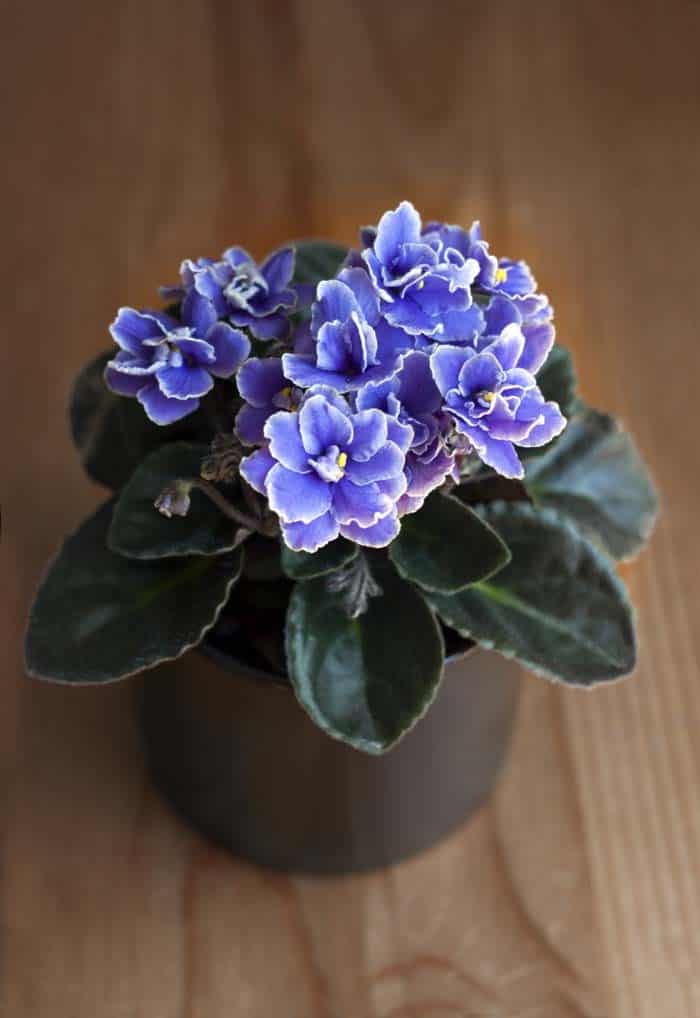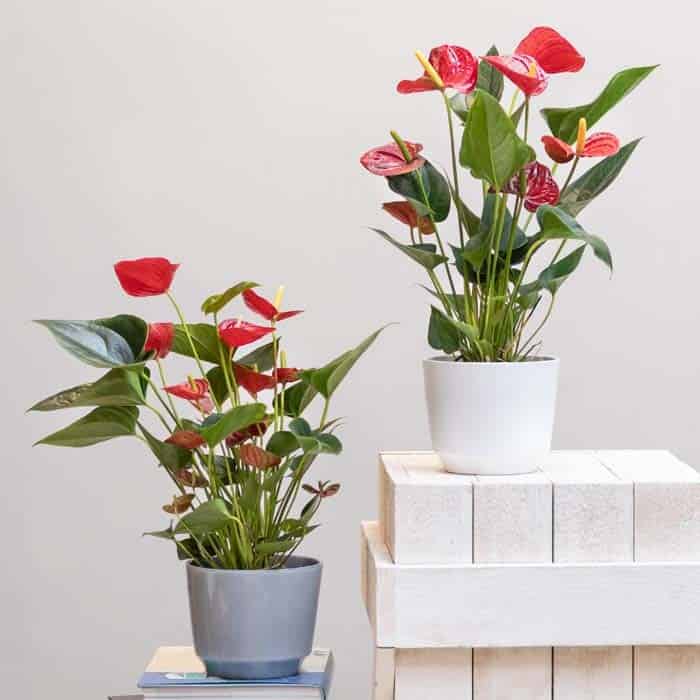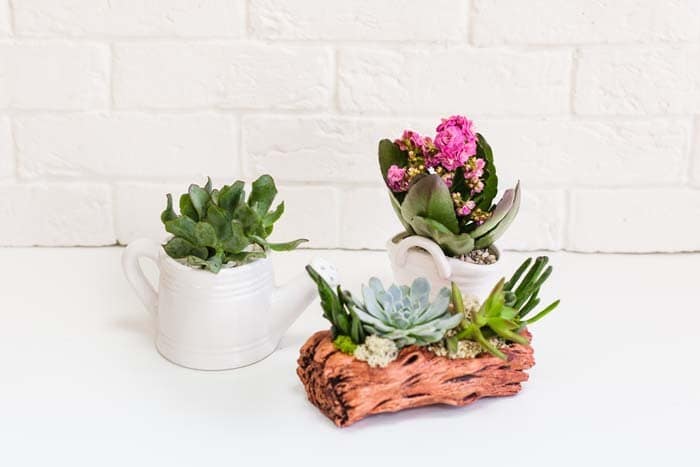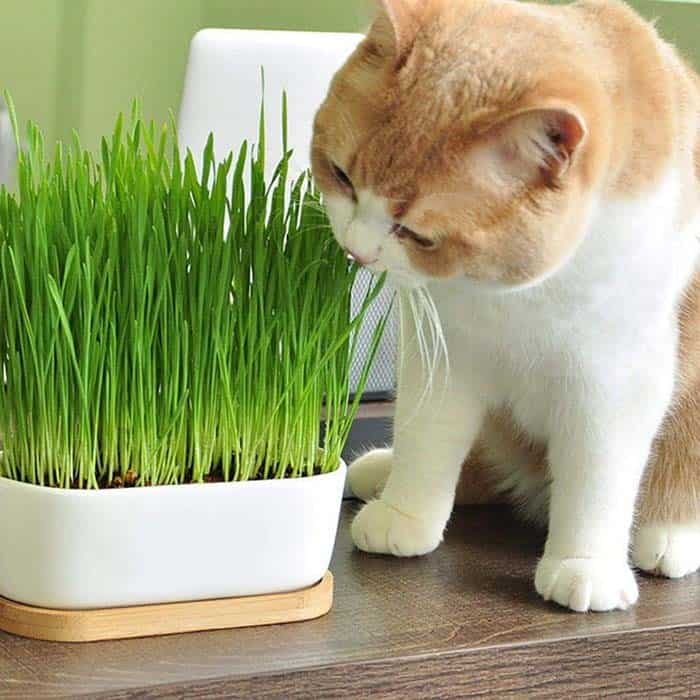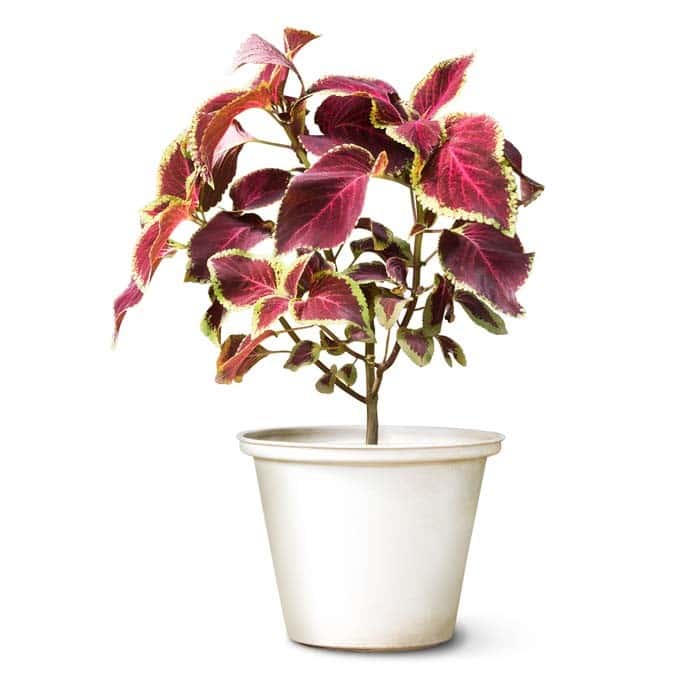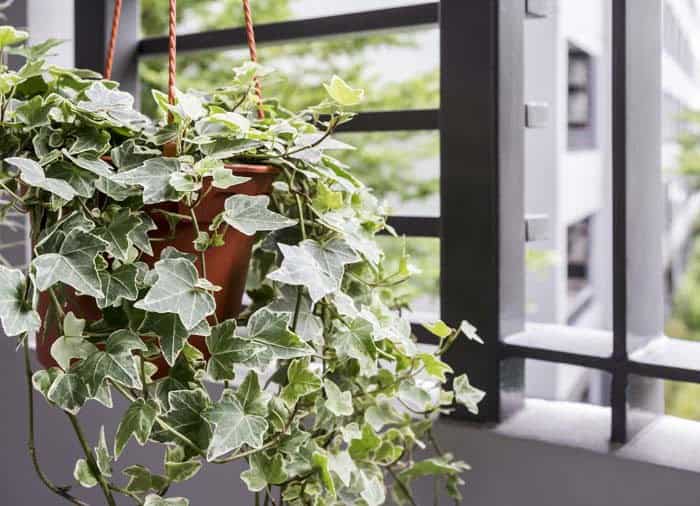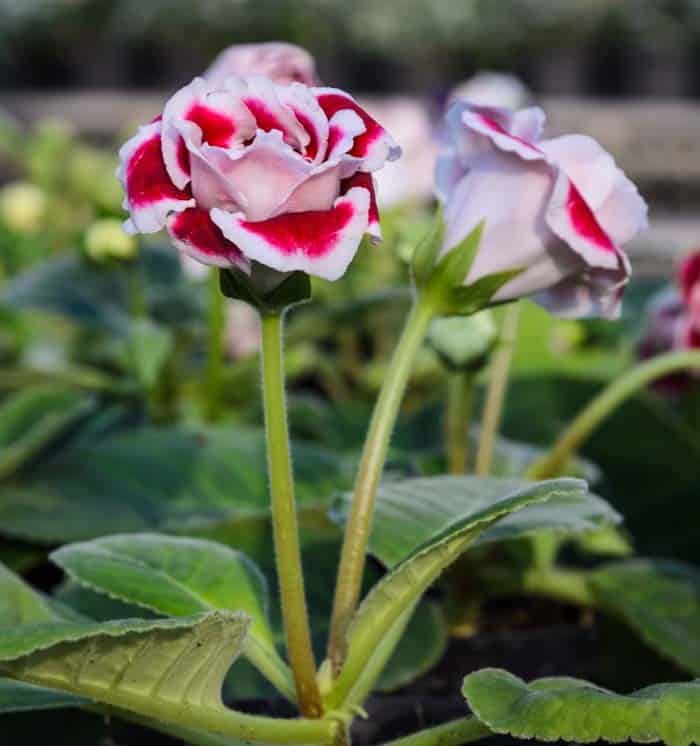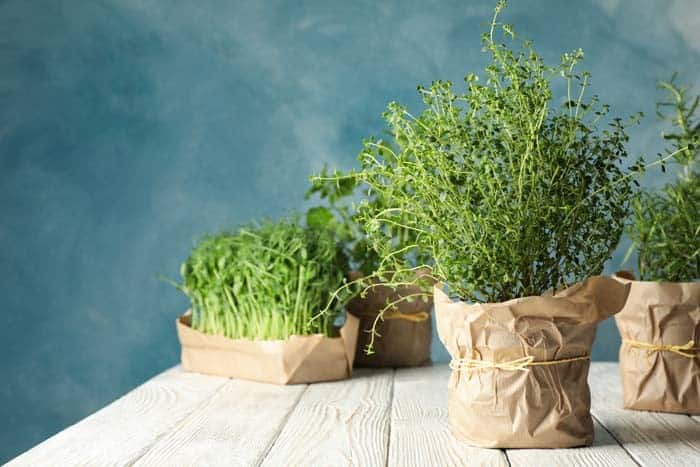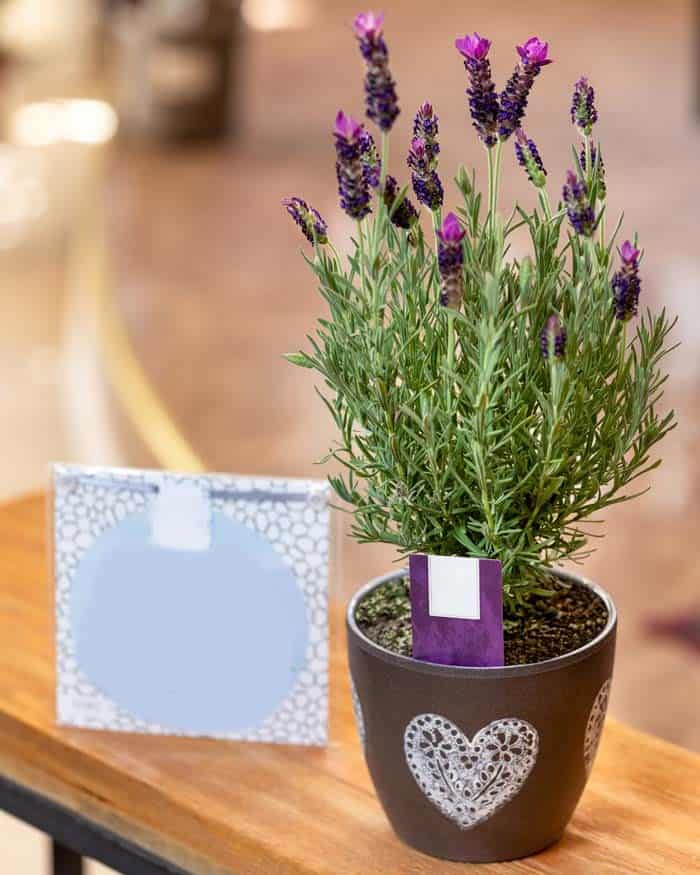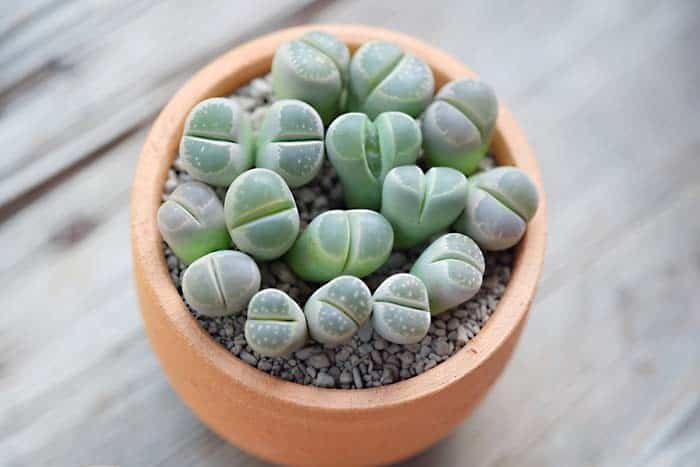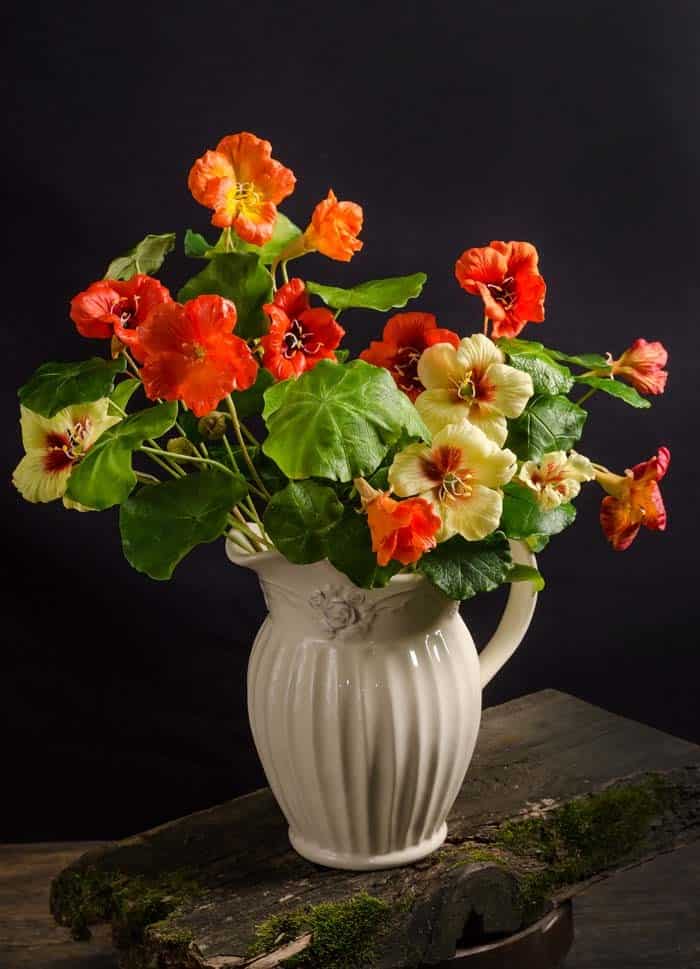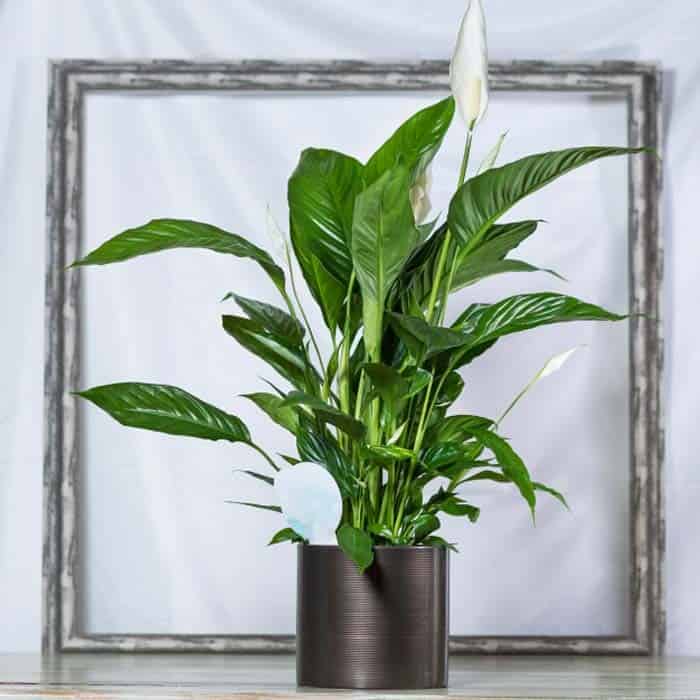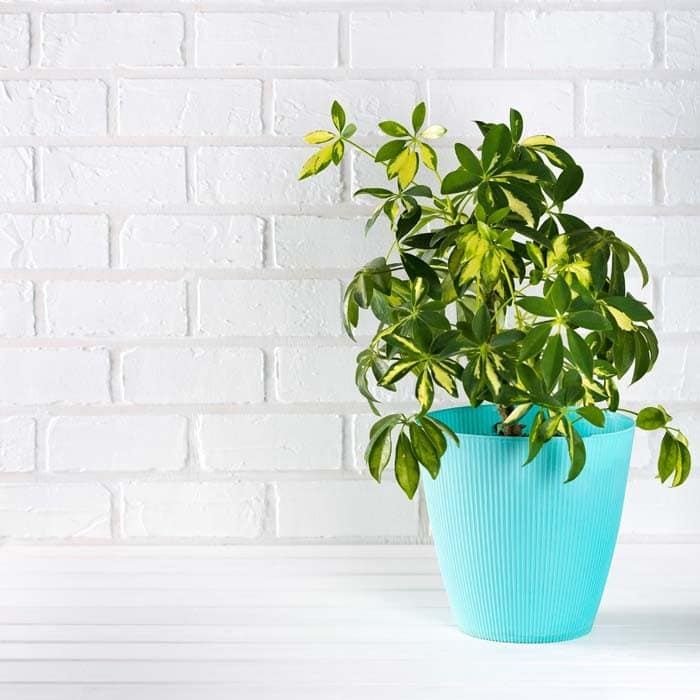Transforming your home or office into a cozy haven is easier than you think, thanks to the simple yet effective solution of indoor gardening. The abundance of plant seeds available today allows anyone to cultivate even the most unique and exotic species, providing an unparalleled sense of joy and fulfillment. What’s more, growing plants from scratch requires no specialized skills or environments, making it accessible to everyone.
By following our selection of tips and guidelines for cultivating blooming and leafy decorative plants, you can bring a touch of natural beauty and serenity into your daily life.
African Violets
The botanical name of this beautiful flowering plant is Saintpaulia, which requires a specific germination period that can last anywhere from 2 to 6 weeks. One crucial step in ensuring successful seed development is preparing the container where you’ll be planting them. Start by filling a starter tray or small pot about 3/4 full with African violet potting mix.
Next, use your fingers to press the top of the soil firmly into place, followed by a light misting with a spray bottle to create the perfect moist environment. With the soil now prepared, you’re ready to sprinkle the tiny seeds – roughly the size of pencil dots – evenly across the surface.
Anthurium
Anthurium andraeanum, a stunning plant, requires careful cultivation. With dedication, you can successfully grow at least 20 specimens. To start, scatter the seeds evenly across the surface of a soil-filled container. Next, gently mist the area with water and cover with either plastic film or glass to maintain humidity. Place the pot in an environment with a comfortable temperature range of 23-24°C (73-75°F) to allow the seeds to sprout within 1-2 weeks.
Asparagus Fern
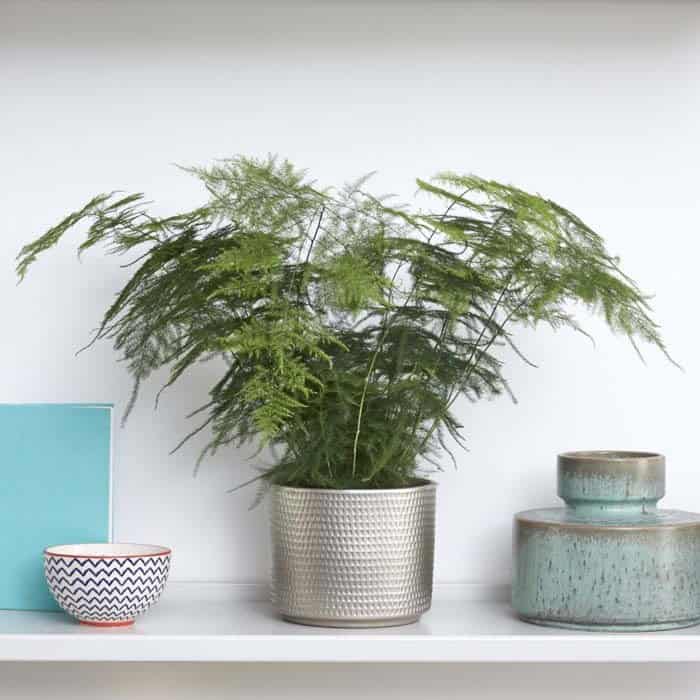
Asparagus setaceus, a semi-shrub that boasts unique characteristics, demands attention in any home setting. To successfully propagate this species via seeds, spring is the ideal season, requiring a well-draining light potting mix. Once the new plant has germinated and reached maturity, it’s time to transplant it into a larger container with a diameter of 10-12 cm.
Notably, the optimal potting mix for this Asparagus consists of a harmonious blend of equal parts mold, leaves, soil, and sand, as recommended by reliable sources like Patch Plants.
Cactus
The Cactaceae family, which encompasses cacti, thrives on seeds from mature plants. To increase your chances of successful germination, start by thoroughly washing the seeds with water and then sift them through a sieve to remove any fragments from the fruit. Allow the seeds to air dry for 2-8 weeks before planting. When it comes to soil quality, organic matter is key. A well-balanced mix of perlite and charcoal provides an optimal environment for young cacti to grow.
With proper humidity and temperature control (between 20°C and 25°C), you can plant seeds at any time of the year.
Cat Grass
Propagation of Cat Grass (Dactylis glomerata) from seeds is a surprisingly straightforward process that can be completed in just 1-2 weeks. To begin, select a container and fill it with a well-draining soil mix, leaving about 0.5 to 1 inch below the rim. Next, moisten the soil lightly and scatter the Cat Grass seeds evenly across the surface. Gently press the seeds into the soil, allowing them to establish roots as sprouts begin to emerge.
Coleus
Coleus scutellarioides, also known as Coleus, can be grown from seed. To initiate the process, begin by filling a container with damp potting soil and evenly distributing the seeds on top. Cover the seeds with a layer of potting soil, followed by a plastic film to maintain humidity. The ideal environment for germination is a warm space with bright, indirect light. Once the sprouts emerge, remove the plastic wrap to allow for air circulation and further growth.
English Ivy
Hedera helix, commonly known as English Ivy, has specific requirements for successful germination from seeds. The process takes approximately 3-5 weeks to complete. To initiate growth, start by storing the seeds in a refrigerator for 30-60 days prior to sowing. Next, immerse the seeds in water overnight to stimulate germination. Each seed should be planted separately in a container filled with high-quality potting mix, gently pressing it into place.
Maintain a consistent level of moisture, but avoid overwatering, until sprouts emerge.
Gloxinia
The Sinningia speciosa, also known as Gloxonia, is a stunning plant that can elevate not only your outdoor garden but also bring beauty to the interior spaces of your home. When transplanting this plant, it’s essential to choose a pot that will accommodate its mature growth. A 4-6 inch container filled with African violet potting soil is an ideal choice. To prepare the soil for germination, add a thin layer on top and ensure there is sufficient space between particles for the seeds to sprout.
Moisten the soil, gently push the seeds into it, and cover the pot with a plastic bag, securing it tightly to maintain a humid environment. Within 3-4 days, you should start to see germination, at which point the bag can be removed, allowing your Gloxonia to thrive.
Herbs
Growing herbs requires a relatively short period of time, typically spanning 2-4 weeks. One of the advantages of cultivating them indoors is that it allows you to enjoy the pleasant aroma they emit, as well as have fresh herbs readily available for meals and add some greenery to your interior decor. Regardless of which type of seeds you choose to grow, make sure to prepare containers that are large enough to accommodate their root development and provide a spot with adequate light exposure.
When it comes to planting the seeds, their size will dictate the depth at which they should be pressed into the soil. Larger seeds will require a deeper planting, while smaller ones can simply be sprinkled on the surface. To ensure optimal growth, regular moisture is essential. If temperatures are not yet conducive to germination, covering the pots with plastic film until sprouts appear will also promote healthy development.
Lavender
With a botanical name of Lavandula angustifolia, lavender is renowned for its multitude of benefits, encompassing a calming aroma to its antibacterial properties. While cultivating it from seeds indoors may seem daunting, rest assured that this process is manageable even for beginners. To begin with, it’s essential to select a container that will allow the plant to mature into a shrub.
Providing optimal growing conditions involves placing the lavender on a windowsill where it can bask in indirect light. Prior to planting the seeds, a simple yet effective step is to soak them in water overnight, allowing any non-viable seeds to float to the surface and be removed. On the following day, only plant those seeds that have sunk to the bottom of the container. A well-draining, nutrient-rich soil is also crucial for successful germination.
Typically, sprouts will emerge within 14 days, marking the beginning of a journey towards a thriving lavender plant.
Living Stone
Lithops, commonly referred to as ‘living stones,’ are an intriguing species that captivate with their unique shapes and vibrant colors. Nevertheless, nurturing these young plants demands meticulous attention, particularly during the initial stages of growth. One crucial aspect is crafting the perfect potting mix, which requires a blend of equal parts soil, pumice stones, perlite, and sand.
This specially formulated medium should be sifted into plastic containers before scattering the seeds and topping them with a thin layer of sand. Once the container is well-watered, it’s essential to cover it with glass or a clear lid. After 3-4 days have passed, swap out the glass for polyethylene film and begin misting the soil daily. As time passes, typically within a week or two, the first sprouts will start to emerge.
Nasturtium
The Tropaeolum plant, also known as the Nasturtium, boasts a botanical name that precedes its impressive growth period of approximately one to two weeks. Not only will this vibrant bloom bring a sunny disposition to your indoor space, but its numerous health benefits will also bring joy. To accommodate the mature tufts, prepare a spacious container with a layer of small stones or pebbles at the bottom for optimal drainage.
Fill the remainder of the pot with a well-draining flower potting mix and gently press the seeds into the mixture. As the seeds require light and warm temperatures to germinate, ensure your environment meets these conditions.
Peace Lily
To successfully grow Spathiphyllum wallisii from seeds, start by acquiring fresh seeds. Check the production date on the package to ensure you’re getting the best possible results. Next, prepare a shallow container with drainage holes and fill it with a mix of equal parts sand and soil. Scatter the seeds evenly across the surface, followed by a thin layer of soil on top. For germination, cover the container with glass and maintain a temperature range of 24-25°C.
Regularly mist the seeds with water and periodically remove the glass to allow for brief periods of air exposure. Once the seedlings have developed 2-3 leaves, it will be time to transplant them.
Schefflera
Schefflera arboricola, also known as Umbrella Plant, is characterized by its unique foliage that resembles an umbrella. To successfully germinate these seeds, you’ll need to provide optimal conditions. First, prepare a shallow plastic container with holes in the bottom for proper drainage. Fill it with a palm potting mix or a combination of hummus, peat, and sand (1:1:1) to create a suitable environment. Before planting, soak the seeds in warm water for 8 hours to encourage germination.
Once ready, press them 2 cm deep into the soil mixture and gently mist with water. Next, cover the container with glass or a clear lid to maintain humidity, and place it in a warm spot.
